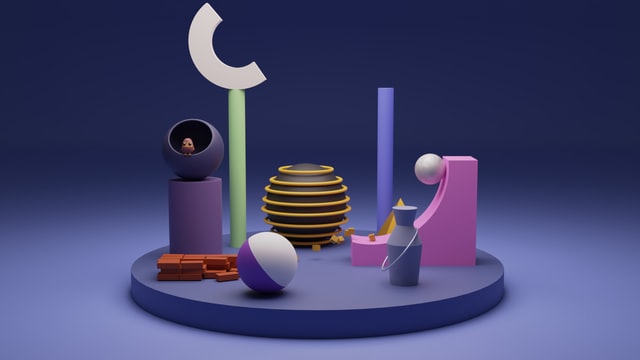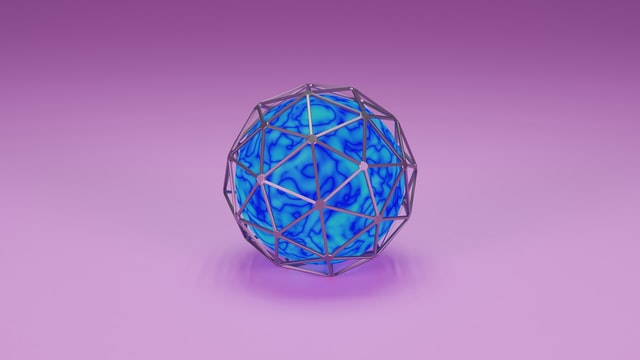The Influence of Crypto Art on the Art Market: Pros and Cons

Despite the overall controversy about cryptocurrencies and blockchain, more and more people tend to accept the idea that crypto art is real art. NFTs are now shaking up the whole world, and many skeptics are fervently discussing the impact of NFT art on the art market, environment, and people’s lives in general. But the truth is that it is not all black and white. Let’s try to avoid bias and concentrate on the bigger picture by weighing the pros and cons of blockchain-driven art and its influence on the modern world.
The influence of crypto art on the art market
Pros
New opportunities. NFTs have become a source of income for many artists sharing their works online. It is how many newbies can make a living now.
A boon for digital art. Digital art is finally appreciated and can compete with traditional art in terms of value. Hooray for digital artists!
Drawing artists together. NFT art market has the power to unite painters, sculptors, photographers under one roof. More and more artists are willing to help and promote each other on the internet.
Cons
Environmentally unfriendly. Crypto art is hardly sustainable as it requires plenty of energy and thus is harmful to the environment. It is definitely not a good trend.
Perpetuating inequality. Surprisingly enough, the NFT art notion is not as democratic as it seems. In fact, poor artists will go by the board.
Ethical dilemma. The fact that digital artworks are stealable raises a lot of legal and moral questions. It is sometimes hard to run the authenticity check when buying NFT paintings. Even though this problem is being regulated, scammers are given a suitable niche to inhabit.
Conclusion
The opinion on crypto art is divided. Some people consider it an innovative art medium that pushes the boundaries of the art market, while others believe it to be a bubble that has no place in the industry. What is your take on this great dilemma?

